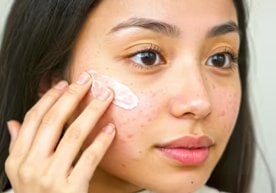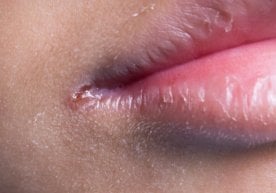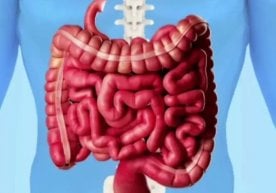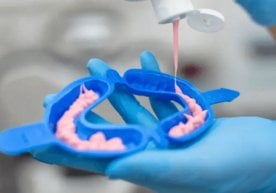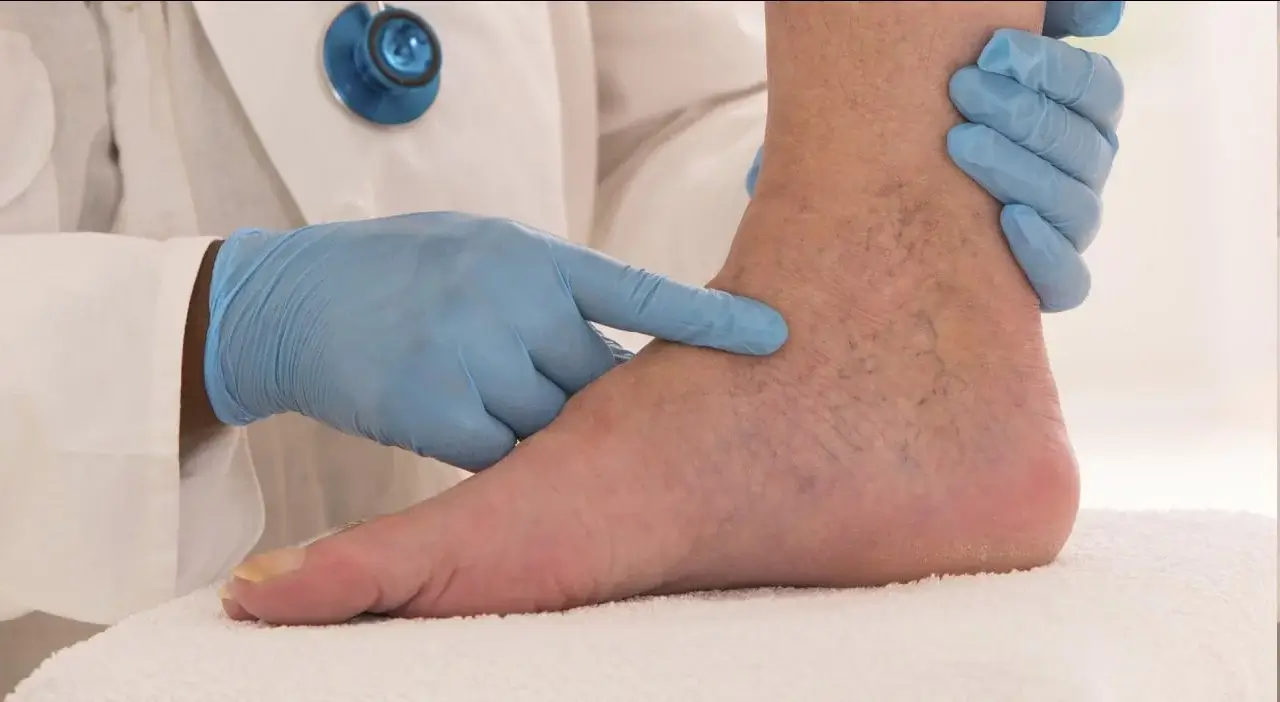
In recent years, vascular diseases have spread widely among the global population, with varicose veins being particularly noteworthy. Varicose veins is a disease that develops as a result of the expansion of blood vessels and their damage or pressure on them.
Many may think that varicose veins is merely an aesthetic issue, but over time, if ignored, it can lead to serious health risks. Both women and men of various ages can be affected by this disease. In women, especially during pregnancy, varicose veins are more common due to hormonal changes and disturbances in blood circulation that can lead to this disease. In men, the likelihood of developing varicose veins increases around the age of 45-50.
In turn, the expansion of veins can disrupt the circulatory system of the body. The primary causes of vein enlargement include equipment malfunction, expansion of surface veins, and valve dysfunction. The disruption of venous blood flow primarily makes it difficult for blood vessels and leads to physical changes.
Among the key factors contributing to the onset of the disease are high physical activity, prolonged standing, obesity, hormonal changes, increased load, and endocrine diseases. These factors not only exacerbate the development of varicose veins but also contribute to problems related to this disease.
If you notice the early signs of the disease, it is important to consult a doctor. Symptoms such as fatigue, pain, swelling, visible veins, itching, and redness in the legs are signs of varicose veins. If these symptoms are ignored, they could lead to complications such as trophic ulcers, thrombophlebitis, and bleeding.
In addition, to prevent varicose veins, it is recommended to maintain a healthy lifestyle, engage in physical activity, and avoid wearing high heels and tight clothing.
Read “Zamin” on Telegram!Users of Меҳмон are not allowed to comment this publication.
![[img]https:/](/templates/zaminuz/dleimages/no_image.jpg)





